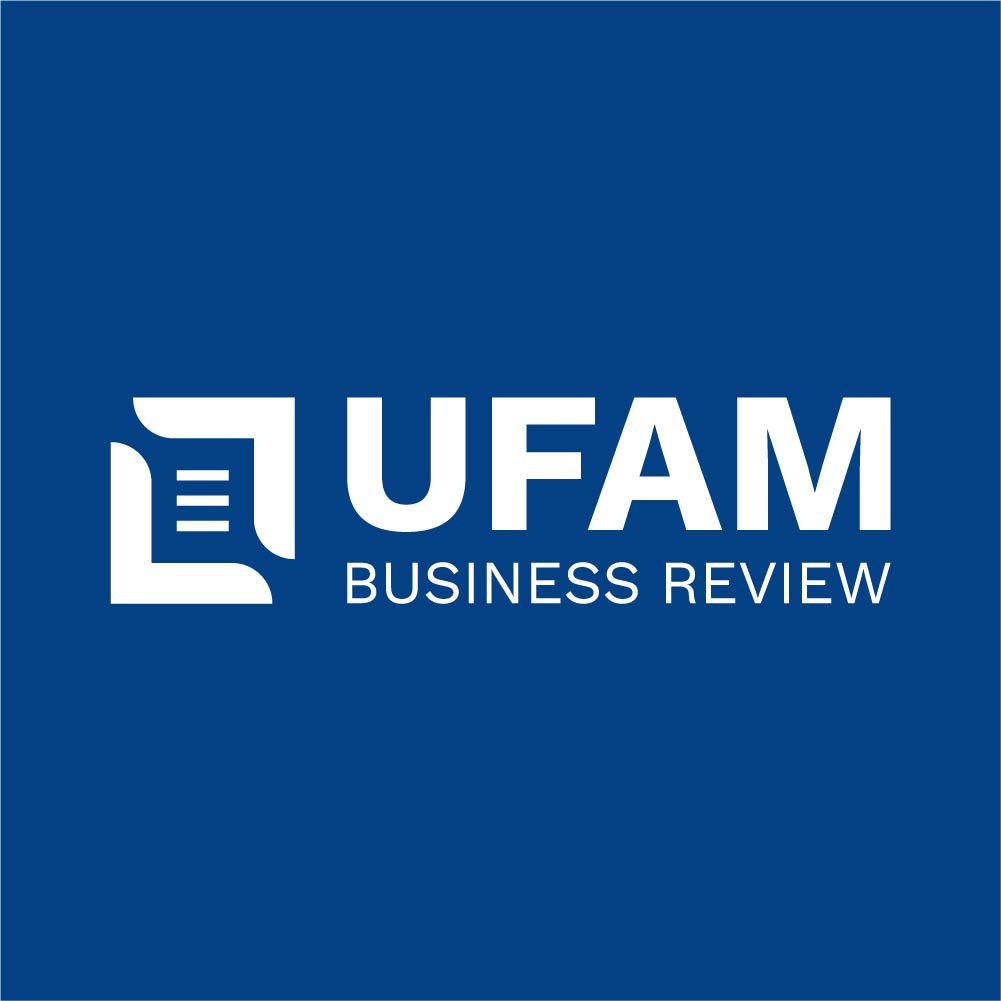Two ways to manage crises in Spain: 2008 and 2020
DOI:
https://doi.org/10.47357/ufambr.v3i2.8192Keywords:
Economic Management. Crisis. Results. Citizens. Spain.Abstract
In just over 12 years the world has suffered two severe economic crises. This article arises from an analysis of several dimensions, the management carried out by the Spanish government during the global pandemic of covid19 that we are experiencing and comparing it with the management that the previous government, conservative profile, carried out during the 2008 crisis. To achieve this objective, a bibliographic analysis, an extensive documentary review of the legislative framework and a quantitative analysis of primary data extracted from both the National Institute of Statistics (INE) and other national and international organizations have been used. The results of this analysis indicate that the measures taken in 2008 by both international and national organizations based on neoliberal principles only resulted in unemployment, inequality and poverty, so in this latest crisis, the left government coalition, it has decided to apply the keynesian policies of more government, more public spending and greater attention to the most disadvantaged. This is not only trying to reverse the crisis situation but also not to leave anyone behind. And it shows the importance of the decisions that governments make to manage crises.
Downloads
References
Banco de España (2017). Informe sobre la crisis financiera y bancaria en España, 2008-2014. Madrid: Banco de España.
Cardoso, H. A. (2006). El origen del neoliberalismo: tres perspectivas. Espacios Públicos, 9 (18), 176-193. México: Universidad Autónoma del Estado de México.
Fernández Navarrete, D. (2016). La crisis económica española: una gran operación especulativa con graves consecuencias. Estudios Internacionales 183: 119-151. Universidad de Chile.
Hayek, F. (2008), Camino de servidumbre: Textos y documentos. España: Liberty Fund, El Cato.org, Unión Editorial.
Hernandez Sampieri, R.; Fernández, C. y Baptista, M.P. (2006). Metodología de la Investigación, México D.F: McGraw-Hill.
Informe AROPE (2019). El estado de la pobreza. Seguimiento del indicador de pobreza y exclusión social en España 2008-2018. Madrid: EAPN-ES.
Instituto Nacional de Estadística. www.ine.es
Laval, C. y Dardot, P. (2015). La nueva razón del mundo. Ensayo sobre la Sociedad Neoliberal. Madrid: Gedisa.
Merino, A. (2014). Los efectos de la crisis en el empleo: Integración económica, Estado de bienestar y medidas de fomento del (des)empleo. IUS Revista del Instituto de Ciencias Jurídicas de Puebla 33: 59-76.
Ornelas, J. (2001), El neoliberalismo realmente existe. México: Pensamiento Económico.
Ortiz, I. & Cummins, M. (2013). The Age of Austerity: A Review of Public Expenditures and Adjustment Measures in 181 Countries. SSRN Electronic Journal.
Pineda, C. y Fonseca, F. (2018). Universitas 27, 21-44, Madrid: Universidad Carlos III.
Programa de Naciones Unidad para el Desarrollo (2019). Índice de desarrollo humano.
Rama, J. (2016). Crisis económica y sistema de partidos. Síntomas de cambio político en España. Working Paper 344. Institut de Ciències Polítiques i Socials. Barcelona.
Real Decreto 463/2020, de 14 de marzo, por el que se declara el estado de alarma para la gestión de la situación de crisis sanitaria ocasionada por el COVID-19.
Real- Decreto Ley 8/2020, de 17 de marzo, de medidas urgentes extraordinarias.
Real Decreto- Ley 20/2020, de 29 de mayo, por el que se establece el ingreso mínimo vital.
Selltiz, C.; Wrightsman, L. S.; Cook, S. W.; Balch, G.I.; et al (2008). Métodos de investigación en las relaciones sociales, Madrid: Rialp.
Torrero, A. (2008). La crisis de la economía española. Instituto Universitario de Análisis Económico y Social, Universidad de Alcalá, WP-09/08.
Downloads
Published
How to Cite
Issue
Section
License
Copyright (c) 2021 UFAM Business Review - UFAMBR

This work is licensed under a Creative Commons Attribution 4.0 International License.
Da responsabilidade dos autores
- Os autores são responsáveis pelo conteúdo de seus artigos, assim como pelos direitos autorais de imagens, videos e quaisquer elementos textuais ou complementares ao seu artigo.
- Os autores estão de acordo em trabalhar gratuitamente no processo de revisão por pares para este periódico no futuro.
- Os autores declaram que têm contribuição significativa para a pesquisa divulgada em seu artigo, quando for o caso.
- Os autores obrigam-se a oferecer ao periódico retratações ou correções de eventuais erros.
- Os autores devem assegurar que seu texto é obra original e não devem submeter o mesmo texto para mais de uma revista.
- Caso o artigo tenha sido escrito com base em pesquisa que apresenta reais riscos para os participantes, é obrigatória a apresentação de parecer do Comitê de Ética da instituição do pesquisador.


